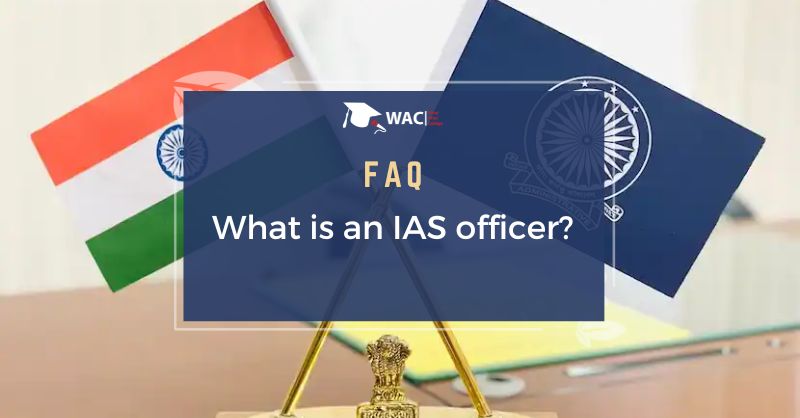Indian Administrative Service (IAS) is one of the most prestigious government services. In the Indian administrative structure, IAS officer are at the top of the pyramid.
After an officer is recruited into the Indian Administrative Service, he/she procures exposure in very diverse roles. An IAS officer can act as a Collector, Additional Collector and District Collector under various sections of the IPCC.
UPSC (Union Public Service Commission) is the government agency responsible for recruitment of the right candidates for this service. Annually, only around 1000 candidates are recruited for all the 24 services combined.
UPSC Civil Services Examination is believed to be the toughest exam in the world, in consideration to the exam duration (extends to 1 year), depth of the syllabus and the prevailing competition.
The UPSC CSE is Conducted in following three Phases :-
1. Preliminary Exam
2. Mains Exam
3. Personality Test/Interview
Not every person that clears UPSC civil service exam becomes an IAS Officer. Only those with high ranking secure the position of an IAS officer.
IAS officers not only serve the Government of India but also the individual states. They are also stationed at government establishments such as, statutory bodies, auxiliary bodies, regulatory bodies, etc.
IAS officers represent India at the international platform in both bilateral and multilateral negotiations. They are also responsible for the maintenance of law and order, documentation, revenue administration and general administration in the area under them.
The main reason for having IAS officers is that they act as an intermediate between public and government by good deliverance and execution skills.
The IAS officers handle affairs of the government which involves drafting, framing, implementing and reviewing policies. An IAS officer has to supervise the implementation of government schemes and policies. He/She is required to consult various departments and elect representatives. Further, He/She is also responsible for responding to natural calamities, riots and major accidents in their jurisdiction as well as responsible for coordinating relief activities.

